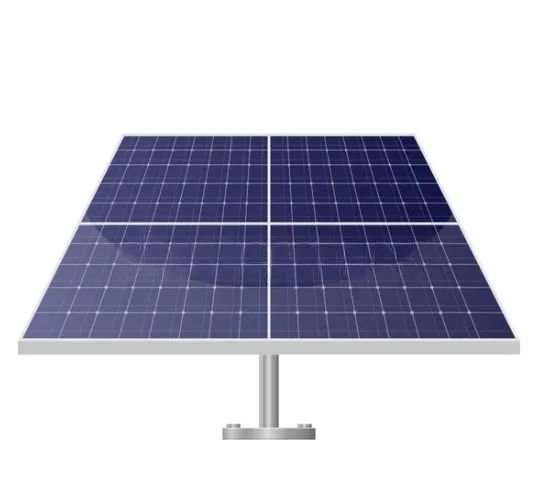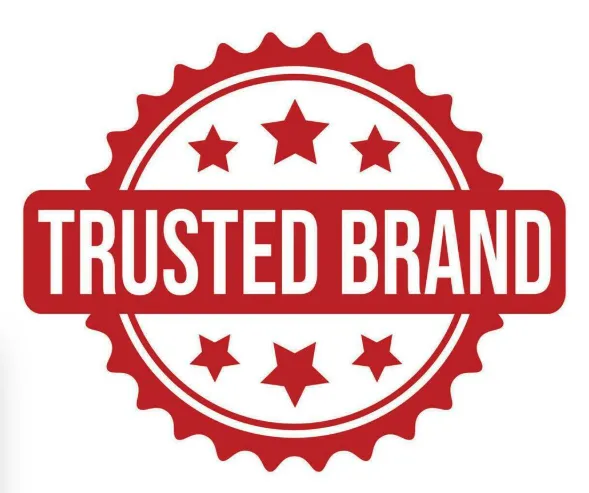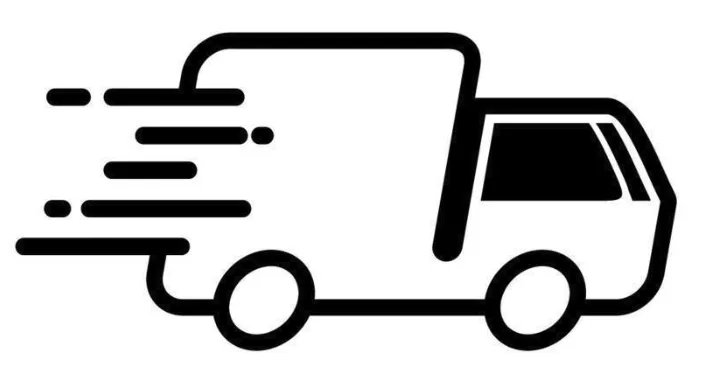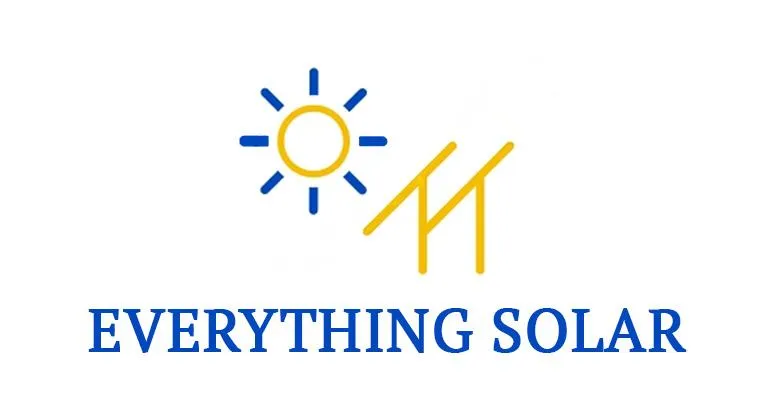
Recommended Equipment
Are you interested in solar power as an alternative source of energy? Going solar can eliminate or significantly reduce your electric bill saving you 10’s of thousands of dollars over the life of the system. However the wrong equipment can turn you investment into a headache.
We at Everything Solar will evaluate a range of products to determine the best solution for you, whether that be an on-grid, off-grid or hybrid solar system mounted on the roof or on the ground.
Solar Panels
In our experience the brand of the panel is one of the least important factors in a system setup. We only use panels classified as Tier 1 and have used panels from LG, QCell, Mission Solar, Jinko Solar, URE, Longi Solar. The most important factor for panels is their physical size to production ratio, Not all bigger panels produce more so it's important to pick the right size for your setup. If you are looking for a specific brand or look of the panels let us know so we can find that for you.
Inverter Systems
There are 2 types of inverters setups to choose from. This is by far the most important choice you will make on a system setup. Solar panels produce DC power and we commonly use AC power so without an inverter the panels are worthless. The type of inverter you choose will also determine what type of batteries you can use on your system. The two brand we have had the most success with is Enphase and Sol-Ark. Both systems can be set up as on-grid, off-grid, or hybrid.
Enphase MicroInverter System
Pros
Real-time monitoring of individual panel performance, enabling efficient troubleshooting and optimization.
Microinverters make it easier to add panels in the future, accommodating changing energy needs.
User-friendly monitoring app
Enphase microinverters come with a 25-year warranty.
issues with individual panel or micro does not affect the rest of the system
Cons
Enphase systems can be more expensive upfront due to the individual microinverters.
With a microinverter per panel, there are more potential points of failure, though Enphase microinverters have a lower failure rate than competing brands
Limited to AC battery systems (Enphase, FranklinWH, or Tesla)
Sol-Ark String Inverter System
Pros
Many Sol-Ark inverters come with a built-in battery charger, simplifying the addition of battery storage and allowing a wide range of battery types.
Sol-Ark systems can be more affordable than Enphase
Often referred to as "Future Proof" due to compatibility with a range of applications
Cons
Sol-Ark systems typically offer monitoring at the system level rather than panel-level.
Expanding Sol-Ark systems may require upgrades to the main inverter.
Sol-Ark inverters are a single point of failure, single failure leads to whole system shutting down.
Battery and Generator Systems
ne of the most expensive components of a stop can be the batteries and or generator. Depending on the type of system one or both of these may be required in order for the system to function normally. We offer Battery system from Enphase, FoxESS, FranklinWH, Tesla, HomeGrid, and Sol-Ark. If there is a specific battery system you are interested in let us know so we can look at the options. We offer Whole Home Generators from Generac and Kohler, these can range in size from 10kW to 26kW for residential applications, For commercial we can go up to 100kW.
Battery System
Pros
Battery systems are silent and don't produce any emissions.
Batteries require minimal maintenance compared to generators, which need regular servicing and external fuel.
Battery systems can run on renewable energy sources like solar, reducing reliance on fossil fuels.
Many battery systems can be integrated with smart home systems for energy management and control.
Pairing batteries with solar can lead to long-term savings on energy bills.
Cons
Battery systems can be expensive to purchase and install.
Battery capacity determines how long they can power your home, which may be insufficient during extended outages.
Batteries rely on solar panels or the grid to charge, which can be a limitation during outages.
Whole Home Generator Systems
Pros
Generators can run for extended periods, as long as fuel is available, providing continuous power during outages.
Generators can handle larger electrical loads, potentially powering more appliances.
Whole-home generators are permanently installed and safer for indoor use than portable generators.
Cons
Installing a whole-home generator can be expensive.
Generators require regular maintenance, including oil changes, filter replacements, and fuel refills.
Generators can be noisy and produce harmful emissions.
Generators require fuel, which can be costly, especially during extended outages.
Mounting Systems
The best option for mounting solar panels depends on individual circumstances, including space availability, budget, aesthetic preferences, and energy needs.
Roof-mounted and ground-mounted solar systems each offer unique advantages and disadvantages, however our preferred brand for both applications is Unirac, proudly made in the USA.
Roof Mounted System
Pros
Typically less expensive to install because they utilize existing structures.
Takes advantage of roof space that might otherwise be unused.
Can offer a faster return on investment due to lower initial costs.
Cons
Can be harder to access for cleaning and maintenance.
Can be less efficient due to limited airflow and angle optimization.
Installation can involve roof penetration, potentially creating a risk of leaks or roof damage.
Ground Mounted System
Pros
Can be more efficient due to better airflow and the ability to optimize panel angle for maximum sun exposure.
Easier to access for maintenance and cleaning
Not limited by roof size or condition.
Cons
Can be more expensive to install due to the need for custom racking and groundworks.
Uses valuable outdoor space.
More susceptible to damage from animals, vehicles, or vandalism.
STEPS TO ENERGY INDEPENDENCE
01.
Energy Analysis
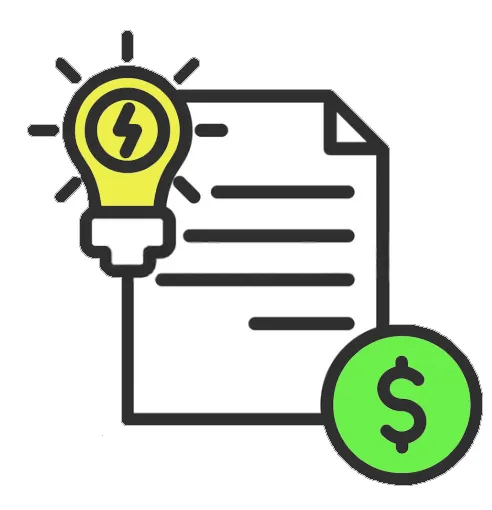
Simply provide us with your most recent electric bill and the address for installation
02.
System Design
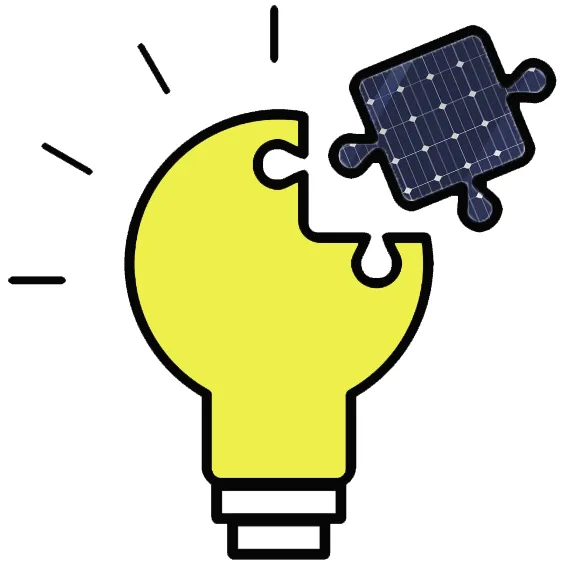
Our design team will create multiple system options for you to choose from.
03.
Consultation

No sales pitch, just honest advice allowing you can make an educated decision.
04.
Install
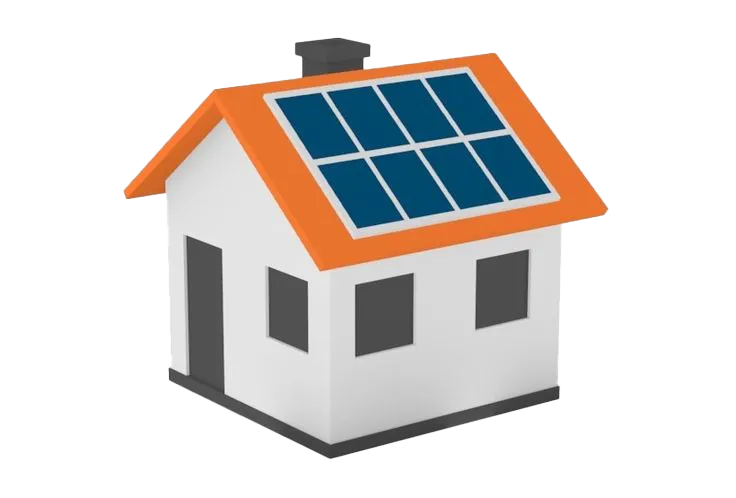
Begin enjoying the freedom of producing your own energy for years to come.

